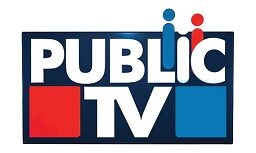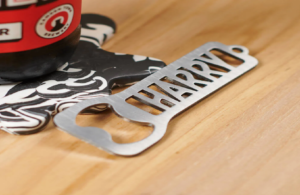Complete eye exam: What to expect
4 min readThese tests range from simple, like having you read a standard eye chart , to complex tests, such as using high-powered glass to view the tiny structures inside your eyes.
Here are the eye and vision exams you might have during a comprehensive eye exam:
These exams are usually performed using a projected eye chart to measure your distance vision and a small hand-held eye chart to measure your near vision.
In addition to detecting inherited color vision deficiencies, color blindness tests can also alert your optometrist to eye health issues that may be affecting your color vision.
During the masking test, your optometrist will ask you to focus on a small object across the room before covering each of your eyes alternately as you look at the target. The test is then repeated while looking at a nearby object.
During these tests, your optometrist will assess whether the uncovered eye must move to grasp the target, which could indicate (strabismus) or another problem that may cause eye strain, or amblyopia (“lazy eye”).
Fluid eye movement tests are more common. Your eye care professional will have you hold your head still and instruct you to follow the slow motion of a hand-held light or other target with your eyes only.
If rapid eye movements are also being tested, your eye care professional may ask you to move your eyes back and forth between two targets placed some distance apart.
In a commonly used stereopsis test, you wear a pair of “3D” glasses and consult a booklet of “diagrams”. Each pattern has four small circles, and your task is to indicate which circle of each pattern looks closer to you than the other three circles.
If you can correctly identify the “nearest” circle in each pattern, you probably have excellent eye association skills that should allow you to have normal depth perception.
This test is particularly useful for children and patients who are unable to accurately answer the optician’s questions.
During the refraction test the optometrist places the instrument called a phoropter in front of your eyes and presents you with two choices of lenses. He will then ask you which of the proposed lenses seems the clearest.
Autorefractors and aberrometers
Your optometrist may also use an autorefractor or an aberrometerto automatically estimate your glasses prescription. With both devices, a chin rest stabilizes your head while you view a point of light or detailed image in the instrument.
An autorefractor, like manual refraction, determines the power of the glass needed to precisely focus light on your retina. Autorefractors are especially useful in determining eyeglass prescription for young children and other patients who may have difficulty sitting still, concentrating, and providing the feedback needed by the optometrist to perform the manual refraction precisely.
Studies have shown that modern autorefractors are very accurate. They also save time. Autorefraction only takes a few seconds, considerably less than the time it takes your optometrist to perform a manual refraction and determine your eyeglass prescription.
Slit lamp examination
A slit lamp is a binocular microscope (or “biomicroscope”) that your eye care professional uses to examine the structures of your eye under high magnification. It looks a bit like the tall, straight version of a microscope used in a science lab.
During the slit lamp exam, you will need to place your forehead and chin firmly against the chin rest and headrest at the front of the instrument before your optician will begin examining the structures in front of your eyes, including your eyelids, cornea, conjunctiva, iris, and lens.
Using a hand glass, your optician can also use the slit lamp to examine structures further back in the eye, such as the retinaand the optic nerve.
Based on your eye’s resistance to the air discharge, the device calculates your intraocular pressure (IOP). If you have high eye pressure , you may be at risk for or have glaucoma.
Another type of glaucoma test is done with an instrument called an applanation tonometer. The most common version of this instrument is installed on a slit lamp.
For this test, your optometrist will put yellow drops in your eye to numb it. Your eyes will feel slightly heavy as the drops begin to work. These are not dilating drops, but a numbing agent combined with a yellow dye that glows under blue light.
The optometrist will then have you look straight ahead, into the slit lamp, while he or she gently touches the surface of your eye with the tonometer to measure your IOP.
As with non-contact tonometry, applanation tonometry is painless and only takes a few seconds. At most, you will only feel the tonometer probe tickle your eyelashes.
You usually don’t show any warning signs of glaucoma until you’ve already experienced significant vision loss. For this reason, routine eye exams that include tonometry are essential to rule out early signs of glaucoma and protect your eyesight.
When your pupils are dilated you will be more sensitive to light (because more will enter the eye) and you may find it difficult to focus on close objects. These effects can last for several hours, depending on the intensity of the drop used.
Other eye exams
In some cases, your optometrist may recommend other, more specialized eye exams in addition to these routine exams performed during a comprehensive exam. These tests are often performed by other eye care professionals such as retina specialists upon referral.
About contact lens fitting
It is important to understand that a comprehensive eye exam generally does not include contact lens fitting and therefore you will not receive a contact lens prescription at the end of an eye exam. routine.







